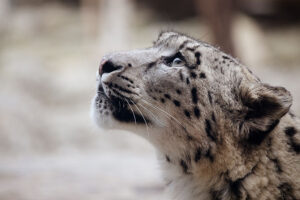Snow leopard conservation
The spatial capture-recapture methods developed in CREEM let us estimate how many snow leopards remain and what their habitat preferences are. These animals are notoriously difficult to see but they can be surveyed by placing camera traps in the mountains for long periods. Snow leopard fur patterns are their “fingerprints” and our methods use these to estimate the number of animals in a population, and how numbers change in response to environmental factors and human activity.
We are working with the Snow Leopard Trust, the Global Snow Leopard Ecosystem Protection Program, and the 12 countries in which snow leopards occur, to design and conduct the world’s first range-wide survey of snow leopards. This will set a baseline from which we can reliably monitor the change in the distribution and abundance of the world’s snow leopards.



